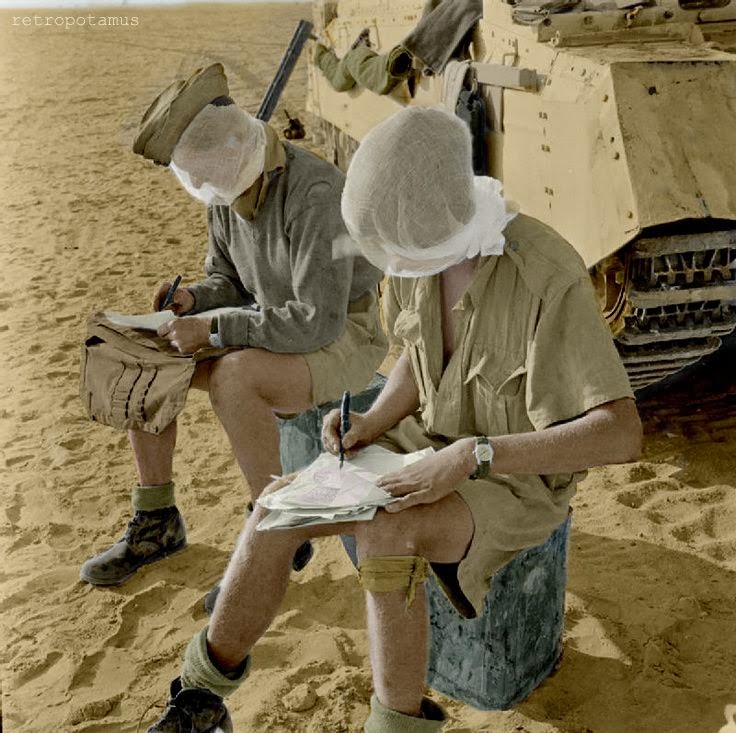The "Fifinella" Patch (aka Fifi) was the patch of the Army Air Force Flying Training Detachment worn by the WASP female pilots during WW2. This official mascot was designed by Walt Disney, who kept the copyright. Fifi went to war and was worn in the form of both leather and cloth patches.
WASP (from left) Frances Green, Margaret Kirchner, Ann Waldner and Blanche Osborn leave their B-17, called Pistol Packin' Mama, during ferry training at Lockbourne Army Air Force base in Ohio. They're carrying their parachutes.
WASP (from left) Frances Green, Margaret Kirchner, Ann Waldner and Blanche Osborn leave their B-17, called Pistol Packin' Mama, during ferry training at Lockbourne Army Air Force base in Ohio. They're carrying their parachutes.
A partially smashed up Henschel Hs 129. The Henschel Hs 129 was a World War II ground-attack aircraft fielded by the German Luftwaffe. In combat service the Hs 129 lacked a sufficient chance to prove itself; the aircraft was produced in relatively small numbers and deployed during a time when the Luftwaffe was unable to protect them from attack.
The German SD 2 'Butterfly Bomb' was used on a large scale during the Second World War, and was designed as an anti-personnel/fragmentation weapon. They were delivered by air, being dropped in containers that opened at a predetermined height, thus scattering the bombs. When released, the casing sprang open to form a sort of parachute which also rotated the whole assembly, thus arming the fuze. Several types of fuze could be fitted, ranging from impact to clockwork anti-handling.
PzKpfw VI Ausf. E The tank was given its nickname "Tiger" by Ferdinand Porsche.
Some great background information about the Tiger I tank can be found here.
Some great background information about the Tiger I tank can be found here.
An African soldier or 'Askari' on guard duty at No. 23 Air School at Waterkloof, Pretoria, South Africa, January 1943.
Source: Wikipedia
Two Grumman TBM-1 Avengers sent to Britain under Lend Lease to become Tarpons of the Royal Navy’s Fleet Air Arm. The Avenger entered U.S. service in 1942, and first saw action during the Battle of Midway. Despite losing five of the six Avengers on its combat debut, it survived in service to become one of the outstanding torpedo bombers of WW2. Greatly modified after the war, it remained in use until the 1960's.
A US military policeman talks to two German boy POWs, who have been loaded unto the Jeep for the quick ride to the detention area. Children as young as 12 were often caught in the net of the army in the last few months of the war as manpower shortages had become dramatic. The history of these unfortunate children has yet to be comprehensively told.
German fighters Bf.110F-2 of the fighter squadron JG5 in flight over Finland.
Non-commissioned officer Hans Dobrich from 6./JG5 (6 Squadron 5 th Fighter Squadron) sits on a pinnacle of his “Messerschmitt» Bf.109 at the airport of the city Petsamo (Finland). Four clover - marking II.JG5 (group 2 5 th Fighter Squadron).
American soldiers on a tour of the infamous Buchenwald Concentration Camp at Weimar, Germany, listen to an English speaking prisoner as he tells how the S.S. guards tortured and killed some of his comrades. Many thousands of prisoners were said to have died in this room. They were hanged by their heads from the hooks around the walls and beaten to death. An elevator at the other end of the room hoisted the bodies upstairs to the crematory.















































